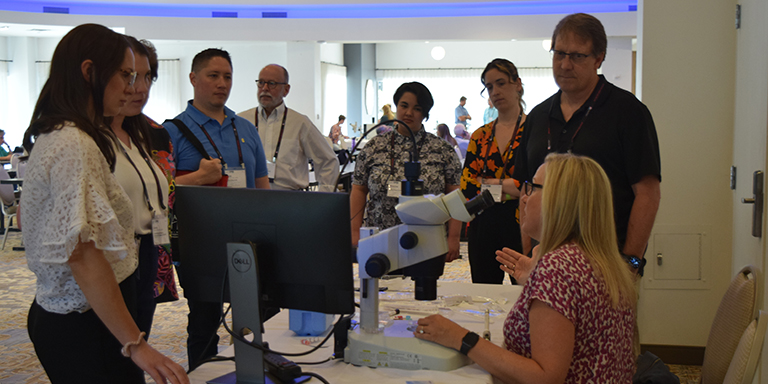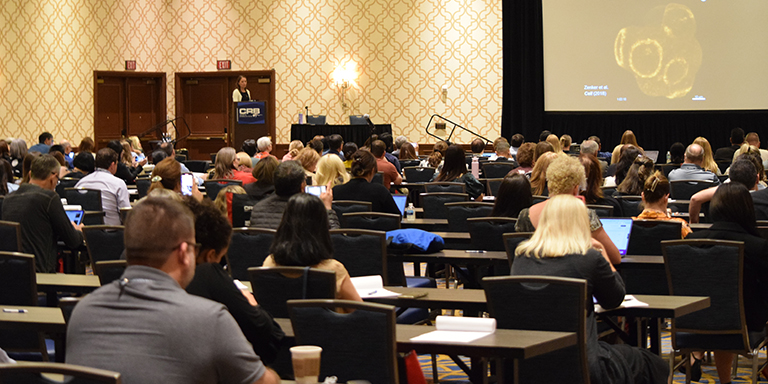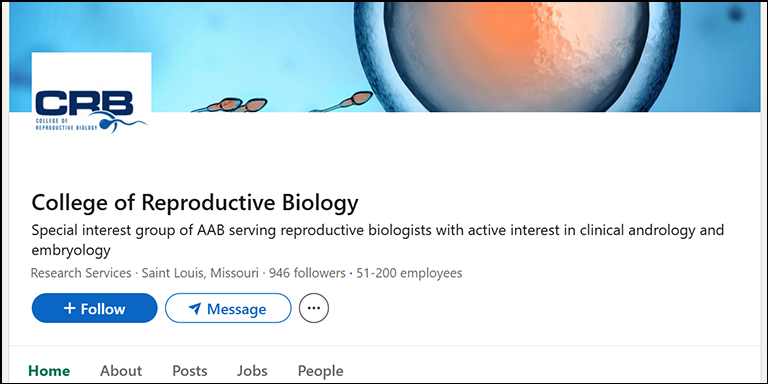Report: 70th ASRM Annual Meeting
This year the American Society for Reproductive Medicine held their 70th annual meeting on the beautiful island of Oahu, Hawaii. Honolulu is the vibrant epicenter of Island life with historic landmarks, treasured monuments and a vibrant arts and culture scene. Many attendees participated in island life with surfing, diving, and a luau or two!! A little hurricane did not stop the many attendees from making this a meeting to remember.
ASRM hosted a twitter wall this year with all attendees invited to post tweets about their ASRM experience. Reading through the many posts provided updates on the scientific program as well as entertainment and cleaver commentary.
“Surfing the waves of change” was the focus for the meeting. The scientific program was designed to address the clinical and research challenges we will all be facing as we move forward in reproductive medicine. The program incorporated many different learning formats that emphasized inter-professional team learning. There were a number of plenary sessions as well as interactive and video sessions.
Dr. Robert Wah, current President of the American Medical Association and a trained Reproductive Endocrinologist presented the president’s guest lecture entitled “Don’t Wipe Out! Riding the Wave of Health Reform.” This informative lecture highlighted the many changes we will be facing with new health care paradigms.
Dr. Ronald Swerloff presented the AUA Bruce Stewart lecture “Klinefelter Syndrome: From Mice to Men”. This lecture reviewed how the 41 XXY mouse model shares many characteristics with the human 41 XXY. The relative role of androgen deficiency and X chromosome genes resulting in the XXY mouse phenotype were reviewed. Similarities in phenotypes suggest that the clinical manifestations in men may be related principally to gene-dosage effects from genes that escape X inactivation in mice. As we learn more about genes and gene activation, our understanding of many syndromes is improved.
The SRS plenary lecture reviewed the latest information surrounding uterine transplantation. The lecture reviewed animal based scientific data and available experimental data with human uterine transplants.
As with every ASRM meeting there were a plethora of symposia, round tables, post-graduate courses, poster sessions and oral presentations to select from so creating an individual learning experience was easy.
A few notable symposia included “Health of Children Following ART” and “new Paradigm for IVF: Reducing the Burden of Care”.
Prize winning papers ran the gamut from “Special research presentation: defining the role of ghrelin in wound healing and the inflammatory response in the post-operative setting”; to “Do common underlying mechanisms make the ovary a window onto general health risk for disease development? “and “The occurrence of birth defects in relation to assisted reproductive technologies in the Massachusetts outcomes study of assisted reproductive technology database”.
One day post graduate courses included such options as Application of a quality management system model to health care which was Chaired by Carli W Chapman, the current president of CRB. Other options for one day post graduate courses included Biomarkers in reproductive medicine or Minimizing errors in ART.
As with every ASRM meeting, the networking was just as important as the scientific presentations. Members of the College of Reproductive Biology had a strong presence with numerous presentations, posters, and round tables. Catching up with old friends and making new ones was also on the 2014 agenda.
Aloha and Mahalo!



